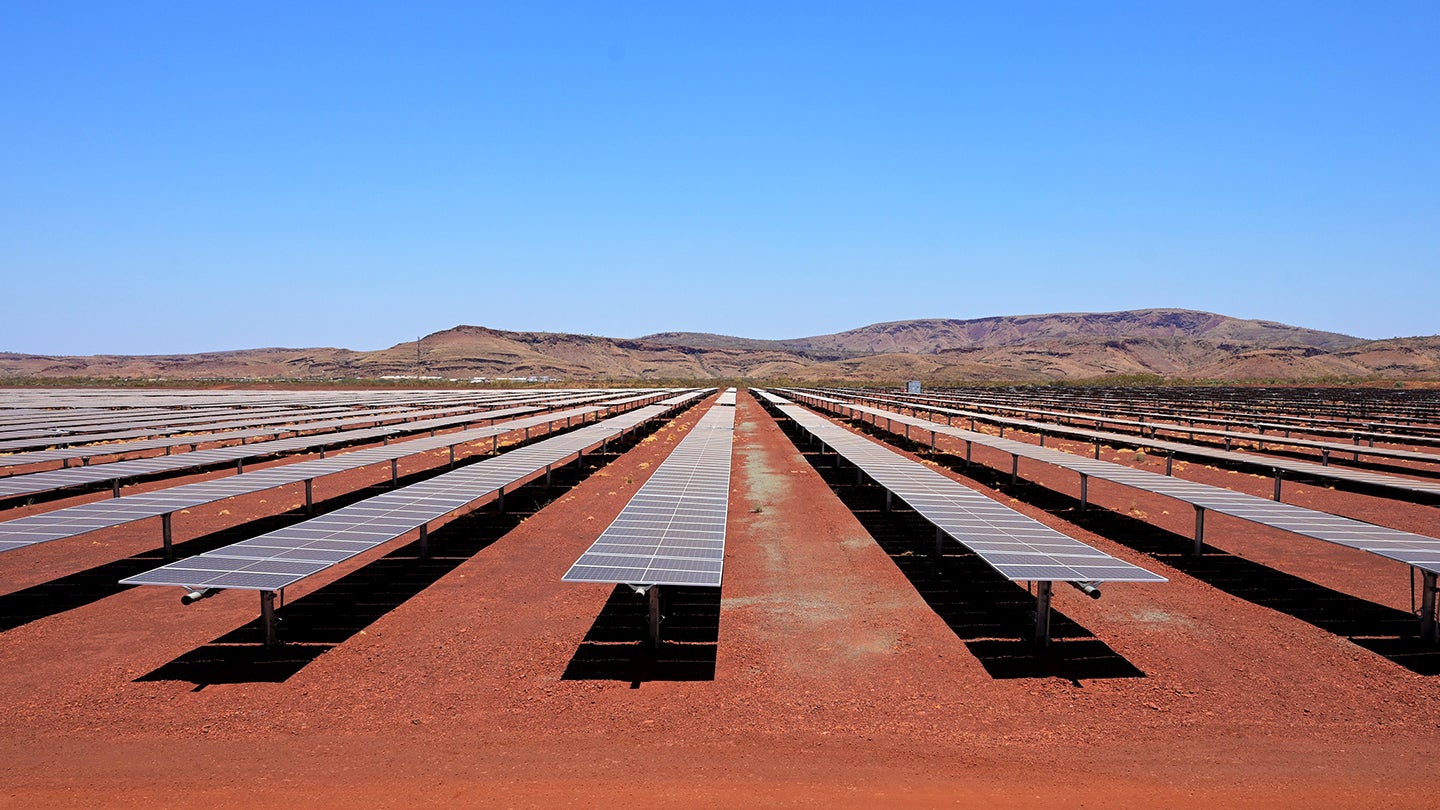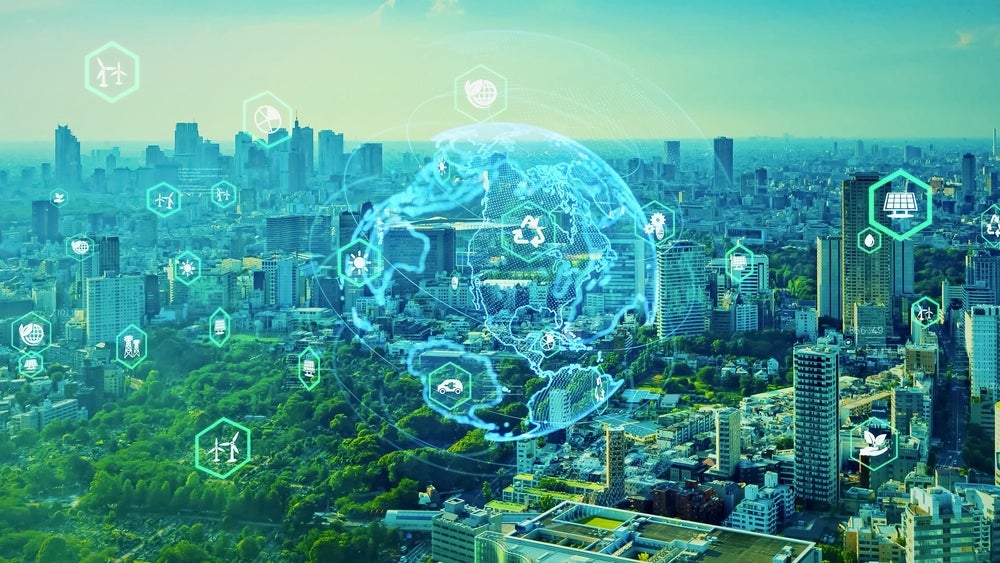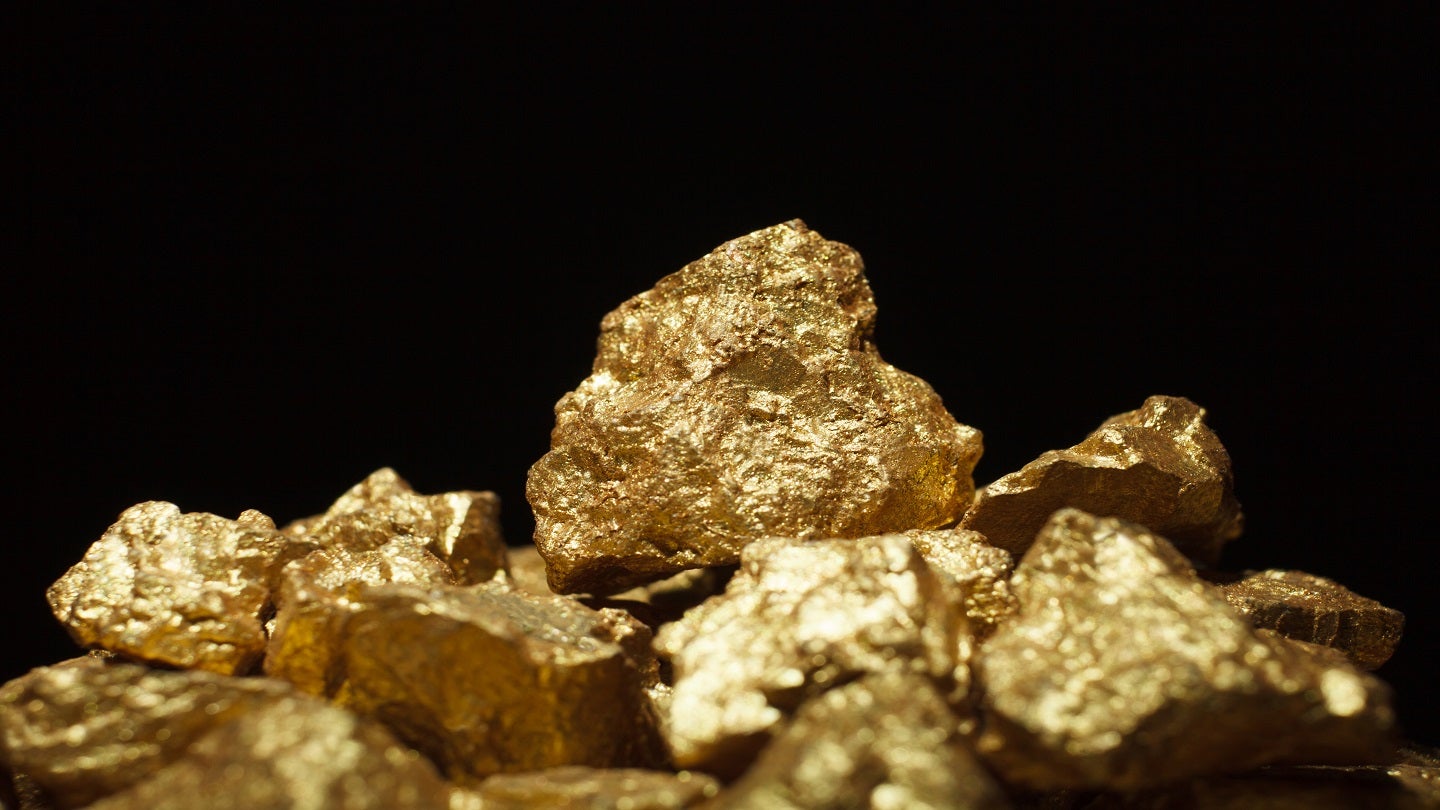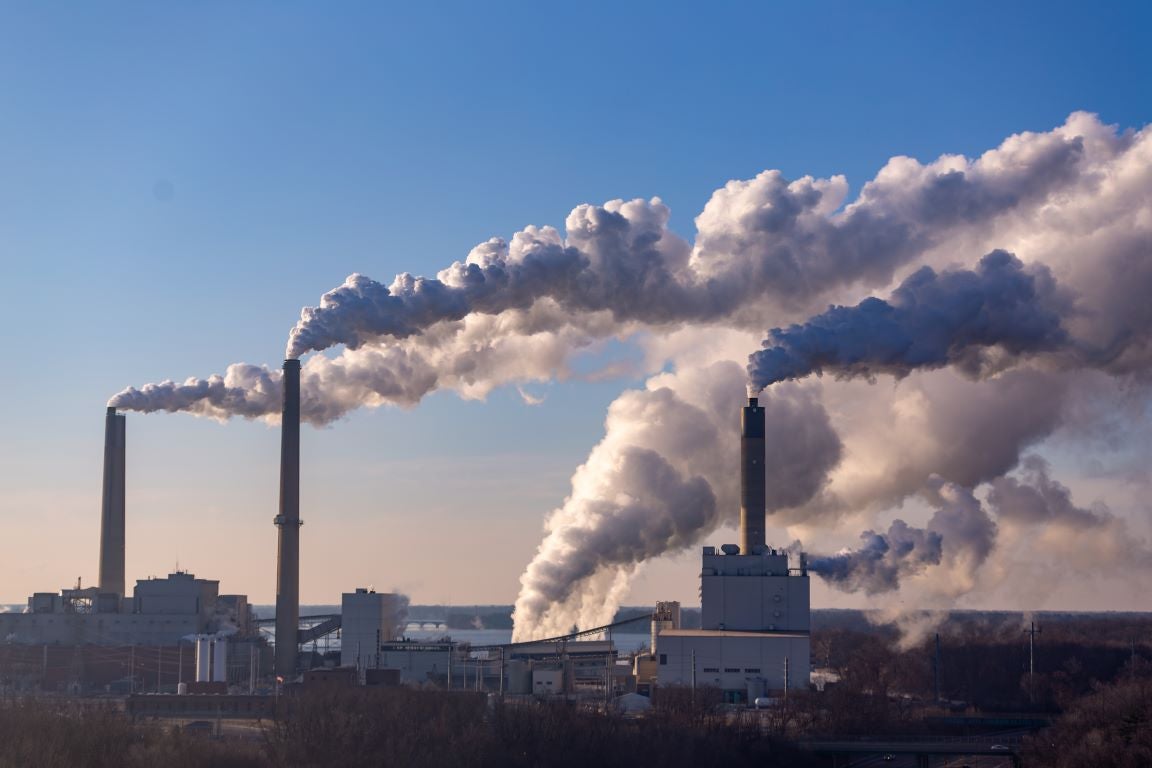
Mining DECODED
Previous edition: 13 May 2024
Share article
Get the full version straight to your inbox.
Exclusive access to our best-in-class data & intelligence
Subscribe now
Australian miners power ahead with equipment electrification
Electrification of equipment is a vital step towards reducing emissions from mining, with much work to be done in the coming decade. We look at some of the projects leading the way.

Mining companies rely heavily on fossil fuels to power their operations, a major contributor to operational costs as well as emissions. The prevalent use of diesel fuel in mining is also a concern for health and safety.
In a bid to reduce its reliance on traditional fuel, the mining sector is starting to electrify its operations. Although widespread electrification of mining equipment is not expected until well into the next decade, according to GlobalData’s mining analysts, some major mining companies are already partnering with equipment manufacturers and integration providers to charge ahead with electrification projects.
With the emergence of new technologies like batteries, hydrogen/fuel cells and autonomous mining machinery, there is great potential for improving power supply at mining sites.
Australia’s efforts to electrify its energy-hungry mines
In October 2021, the International Council on Mining and Metals pledged to achieve net-zero scope 1 and 2 emissions by 2050 or earlier. This pledge marked a significant step in the mining sector's efforts to reduce emissions. It was the first time a group of major mine operators, representing approximately 30% of global mine production, had made a joint commitment to tackle climate change.
While some mine operators had previously set their targets, this pledge by 27 members of the council indicates the industry's commitment to reducing emissions.
According to the Australian Government, the country’s mining sector consumes roughly 500 petajoules per year, 10% of Australia’s total energy use, and consumption has risen at 6% per annum over the past decade, driven primarily by increased mining volumes.
The mining industry mainly relies on three sources of energy: diesel (41%), natural gas (33%) and grid electricity (22%). Other sources, such as coal, liquid petroleum gas, renewables and biofuels, collectively comprise the remainder. In the past decade, the use of diesel has decreased from 49% to 41% due to the development of infrastructure and oil price fluctuations. As a result, natural gas and grid electricity have become more prevalent energy sources.
In a research paper, the University of Adelaide in Australia suggested that using electric vehicles (EVs) and machinery with partial or stand-alone renewable energy-powered microgrids could reduce greenhouse gas emissions. The study suggests that this can lead to more efficient, sustainable and safer mining operations, whether underground or open-pit mining.
Zero-emission trucks roll out
One way to reduce emissions and dependency on fossil fuels is to switch to equipment powered by electricity. Adopting electrification has pushed mining companies to incorporate emerging technologies such as autonomous vehicles and machinery, sensors, communication networks and data analysis, which can also help to enhance productivity and safety.
One area where this shift is already happening is in electric and hydrogen-powered trucks. Although battery technology for powering large surface mining trucks is currently only at the prototype stage, according to GlobalData’s recent report on EVs used in mining, hydrogen fuel cell battery technology is also being tested. Small-capacity mining trucks powered by batteries have become increasingly popular in China.
According to GlobalData, BHP, Rio Tinto, Newmont, Teck and Freeport-McMoRan are among the miners collaborating with US-based engine equipment manufacturing company Caterpillar (CAT) to develop zero-emission trucks.
In 2021, BHP partnered with CAT to develop large, zero-emission, battery-powered mining trucks, which were tested last year. BHP said in a statement that the collaboration plays a crucial role in developing procedures, technology and infrastructure required to sustain eco-friendly machines and the mines of the future.
Rio Tinto also worked with CAT to develop the same trucks for its Gudai-Darri site in WA in 2021. Rio Tinto's Gudai-Darri mine is one of the most advanced in the world, featuring a range of technological innovations such as autonomous trucks and drills. Gudai-Darri uses 23 CAT 793F autonomous haul trucks and three CAT MD631 autonomous drills.
The trucks are capable of real-time ore tracking using sensors for live dig face progression. At the same time, data-informed modelling from the drills helps to build more accurate assessments of existing ground conditions and improve safety. Once development is complete, the world’s first operational deployment of CAT 793F zero-emissions autonomous haul trucks is expected to be at Gudai-Darri.
Companies can potentially reduce on-site diesel emissions by up to 80% by employing battery-powered and hydrogen fuel cell electric trucks. This not only helps to lower maintenance costs on the powertrain but also results in lower exhaust emissions, making it a more environmentally friendly option. Electric motors also produce very little noise, thereby minimising noise pollution.
The path to fully electric mining operations
Fortescue is also pushing ahead in electrification. It deployed Australia’s first newly built electric excavator at its Cloudbreak mine site in December 2023 and reported in March 2024 that it had reached the “significant milestone” of one million tonnes moved since it became operational.
Meanwhile, at Fortescue's Chichester operations, an excavator operates partially on solar power and is powered by a 6.6kV substation and more than 2km of high-voltage trailing cable. The company intends to eventually power all electrified mining equipment with renewable electricity.
The excavator ran at a reduced capacity for the first three months so that the site team could become familiar with the new equipment. Now that it operates at full speed, the company said the excavator's performance has steadily improved. It has even outperformed its diesel equivalent at times, Fortescue said.
Fortescue Metals CEO Dino Otranto said in March: “We will have two additional electric excavators commissioned by the end of April. Once we decarbonise our entire fleet, around 95 million litres of diesel will be removed from our operations every year, or more than a quarter of a million tonnes of carbon dioxide equivalent.”
Others have launched ambitious projects to develop fully electric mines. In June 2023, Australian mine operator IGO awarded a contract to a collaboration between ABB and mining group Perenti to provide a study on full electrification for its Cosmos nickel project in WA.
ABB said in a statement that the project would cover areas such as mine design optimisation for electric operations; fleet selection; production and operating philosophy, power distribution and electrical infrastructure design; battery management and electrification system; ESG (environmental, social and governance) and safety impact analysis; and cost modelling for capex and opex.
These are only some examples of the Australian mining industry’s tentative steps into electrification. Achieving fully electric mine operations will be a long and complex process requiring significant investment in infrastructure, new equipment development, software and technology, as well as workforce training. With decarbonisation becoming an ever more pressing priority on mining executives’ agendas, we expect to see great strides in electrification in the coming decade.
Latest news

38% of companies lack an ESG strategy - GlobalData survey
A new survey has found that over half of B2B respondents believe that “for most companies, ESG is just a marketing exercise”.

MRC weighs Tormin Mineral Sands stake sale to GMA
By selling its stake in Tormin, MRC intends to focus on its graphite assets and downstream active anode material projects.

GFG plans to offload Rattlesnake Hills project to Patriot Gold Vault
Under the deal, Patriot will pay GFG an aggregate consideration of approximately C$3.3m ($2.41m).

Caprice signs option deal for 90% stake in Bantam Project, WA
This acquisition positions Caprice alongside WA1 Resources' West Arunta Project, which boasts the Luni NiobiumREE discovery.

Montage gains environmental permit for Côte d'Ivoire gold project
The company noted that the environmental and social impact assessment (ESIA) was a collaborative effort with CECAF, an independent environmental consultancy in Côte d'Ivoire.

Manuka gets funding commitments to start Mt Boppy production
Funds from the latest capital raise will establish a gold processing facility at Mt Boppy.

US Republican attorneys general sue EPA over fossil fuel power plants rule
27 Republican attorneys general and industry trade groups filed a lawsuit against the Environmental Protection Agency’s rule to cut carbon emissions from existing coal-fired power plants and new natural gas plants.
In our previous edition

Mining Decoded
Australia invests A$566m to map mineral deposits, energy sources
10 May 2024

Mining Decoded
Standard Lithium partners with Equinor on sustainable lithium extraction
09 May 2024

Mining Decoded
Piedmont gets state regulator permit for North Carolina lithium mine
08 May 2024
Newsletters in other sectors
Aerospace, Defence & Security
Automotive
Consumer
Medical Devices
Travel and Tourism
Search companies, themes, reports, as well as actionable data & insights spanning 22 global industries
Access more premium companies when you subscribe to Explorer


